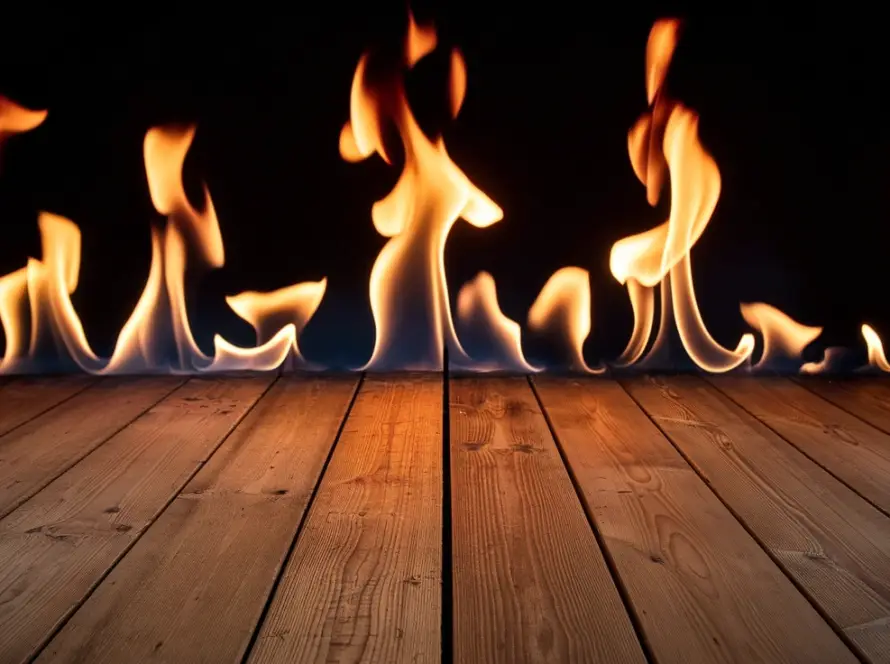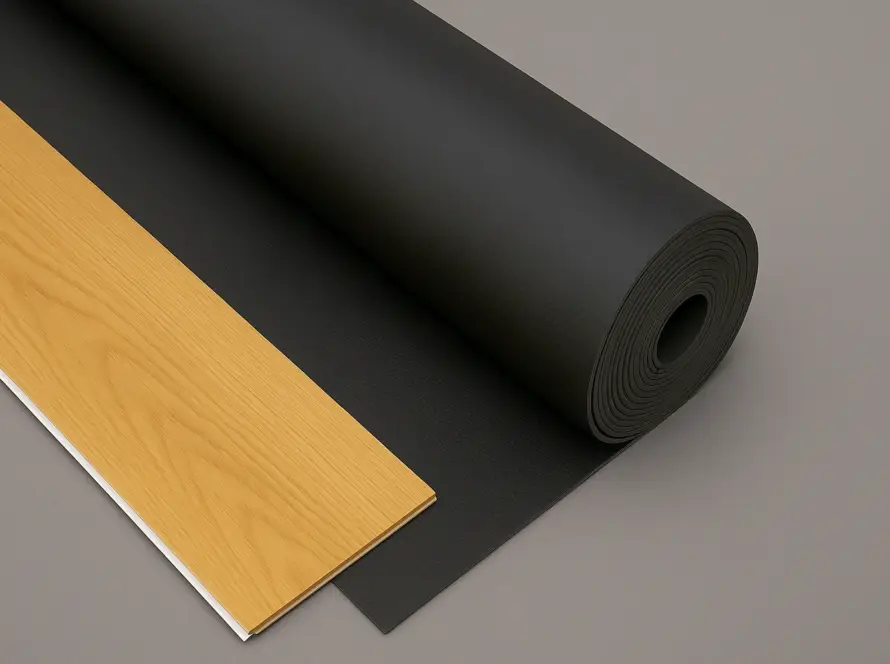EIR or Embossed in Register is an advanced surface treatment technology for flooring. Its core principle is to perfectly align the three-dimensional texture created by embossing with the printed pattern on the decor film of flooring.

When you see a wood knot pattern on the floor, you can also feel perfectly matching contours when you touch it. This alignment of sight and touch makes the flooring look and feel almost identical to natural wood or stone, creating an unprecedented sense of realism and depth. Compared to standard wood embossing, EIR technology is key to achieving a high-end, realistic wood effect.
Advantages of EIR Flooring
EIR technology provides several significant enhancements to flooring:
- Ultimate Realism: By synchronizing the texture with the pattern, EIR flooring can perfectly replicate the knots and grain of natural wood.
- Enhanced Depth and Dimension: It creates natural light and shadow effects under illumination, greatly enhancing the visual depth of the space.
- Authentic Tactile Experience: EIR technology not only satisfies the eyes but also provides genuine tactile feedback. As you run your fingers across the surface, you can clearly feel the undulations of the wood grain texture.
- Enhanced Slip Resistance: The varying depths of the three-dimensional texture increase the surface friction to some extent, providing better slip-resistant properties.
Production Process of EIR Flooring
EIR technology demands extremely high production precision, requiring specialized equipment and molds, which increases the flooring’s production cost.
Typically, implementing the EIR process adds $0.20 to $1 per square meter to the cost. The specifics of implementing the EIR process vary for different types of flooring.
1. SPC (Stone Plastic Composite) Flooring
The EIR process for SPC flooring is typically completed on an extrusion production line.
- Process: As the core, decor film, and wear layer are bonded together through high-temperature hot pressing, an infrared scanning and positioning system scans registration marks on the decor film in real time. This system guides the embossing roller to achieve precise alignment, ensuring the roller’s texture is perfectly synchronized with the decor film’s pattern at the moment of pressing. This “imprints” the EIR effect onto the plank as it is being formed.
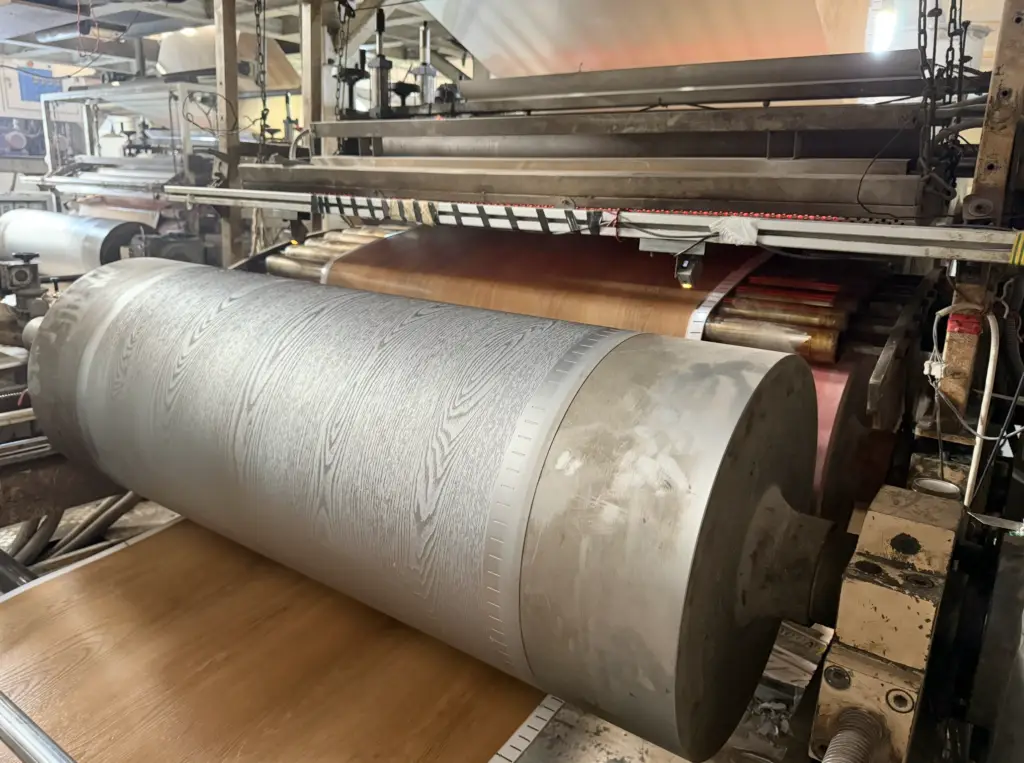
2. Laminate Flooring
The EIR process for laminate flooring is mainly accomplished using a hot press machine.
- Process: During production, a high-precision steel press plate that perfectly matches the decorative paper’s pattern must be created in advance. In the hot pressing stage, this custom EIR steel plate is placed on top of the decorative paper and wear layer. Under high temperature and pressure, the plate’s three-dimensional texture is precisely imprinted onto the floor’s surface, merging with the printed pattern below.
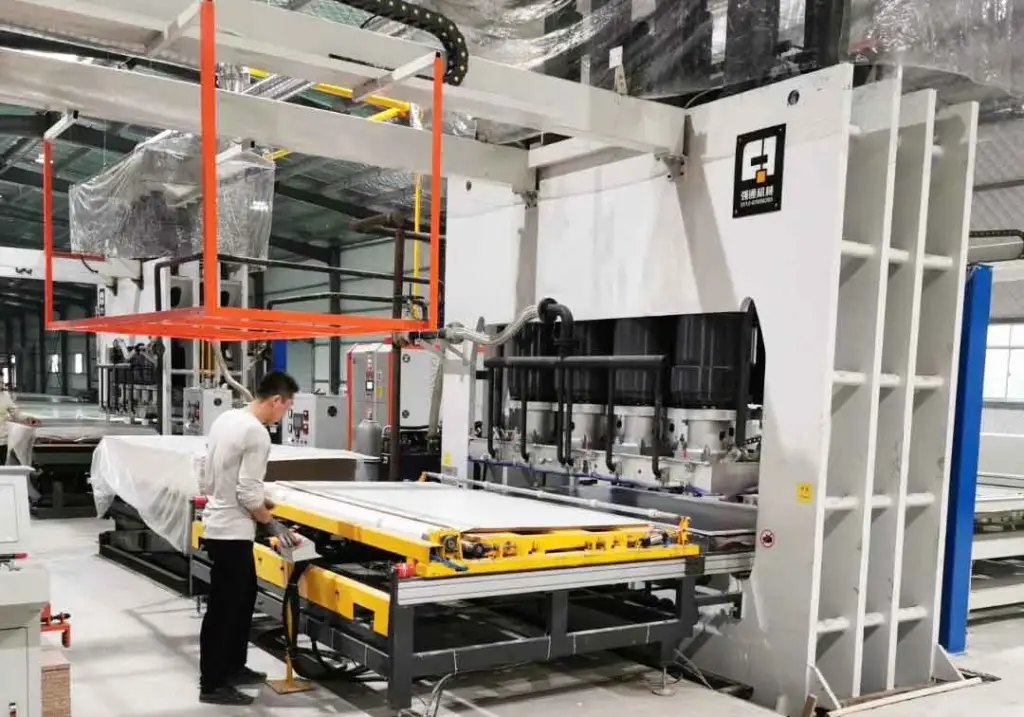
3. LVT (Luxury Vinyl Tile) Flooring
There are two main methods to achieve the EIR effect on LVT flooring: hot pressing and extrusion.
- Process: Similar to laminate flooring, high-end LVT can achieve the EIR effect through the more expensive hot-press process. Alternatively, an extrusion process similar to that for SPC can be used, employing an in-line EIR system for synchronization. The hot-press process generally delivers finer texture details but has lower production efficiency and higher costs.

Other Flooring Textures and Finishes
Besides the acclaimed EIR technology, the market offers a wide variety of other flooring textures and finishes to suit different decorative styles and functional needs.
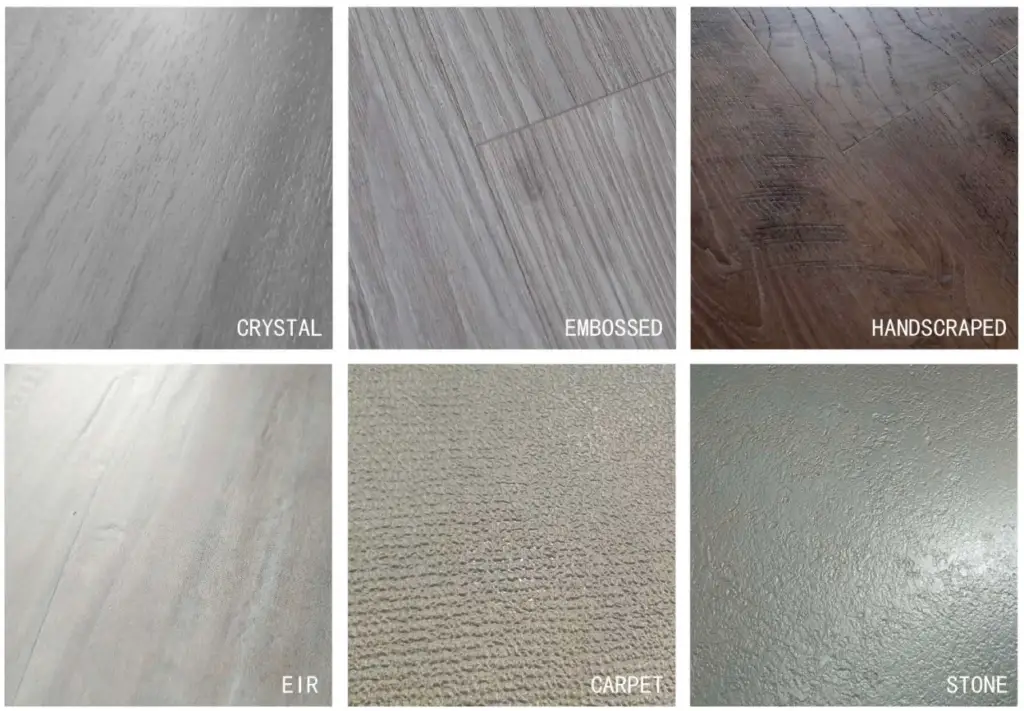
| Category | Texture Name | Texture Description |
|---|---|---|
| Wood | EIR (Embossed in Register) Texture | The surface embossed texture is perfectly aligned with the printed wood grain pattern, achieving an ultra-realistic visual and tactile experience. |
| Wood Embossed | A generic wood grain is embossed on the surface but is not aligned with the printed pattern; available in standard, light, and deep emboss. | |
| Crystal Texture | A simple, linear surface texture, often appearing as straight brushed or scraped effects. | |
| Random EIR | The embossed texture is randomly aligned with the printed pattern to create a more unique effect. | |
| Tile | Coral Texture | Mimics the irregular, porous, and layered natural form of a coral surface. |
| Litchi Texture | Small granular bumps similar to a litchi’s peel, providing excellent slip resistance and a durable texture. | |
| Plain Texture | A smooth, highly reflective surface that creates a bright, modern visual effect. | |
| Striped Texture | A regular texture composed of a series of parallel or intersecting lines, offering a simple yet stylish design. | |
| Carpet | Carpet Texture | Mimics the woven texture of carpet fabric, providing a warm, soft appearance and some slip resistance. |


